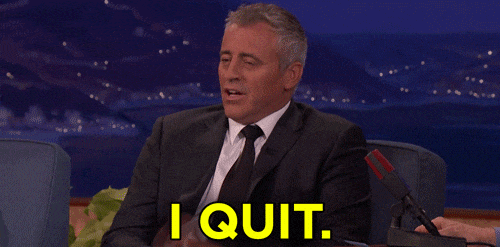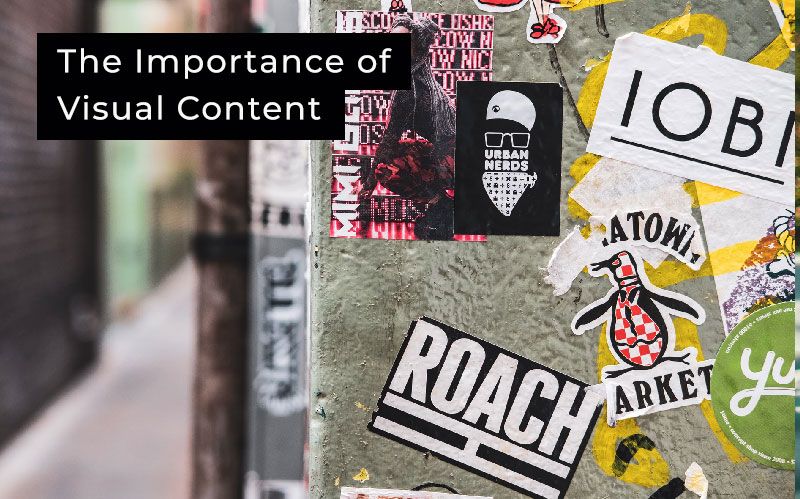These days, people avoid reading long articles. They tend to read only highlighted parts, and check the visual content to get an idea. Use more visuals in your articles to make them digestible and skimmable for readers.
Whether you promote your product through social media, or through your blog, include visuals in your strategy. This tactic will make your content more
- Engaging
- Attractive
- Relatable
- Memorable
- and understandable for your readers.

Visual posts grab readers’ attention, and encourage them to take action. They communicate more information - the data in a small text is more difficult to digest than in a 1-minute video.
There’s a concept called visual blogging which is a type of content blogging that connects with readers using visual content like images, videos, GIFs, infographics, and mini-infographics. These visuals can be extremely entertaining when being used in the right context. They help break up the text and highlight the important points so that readers can scan the article, and understand what it’s about.
